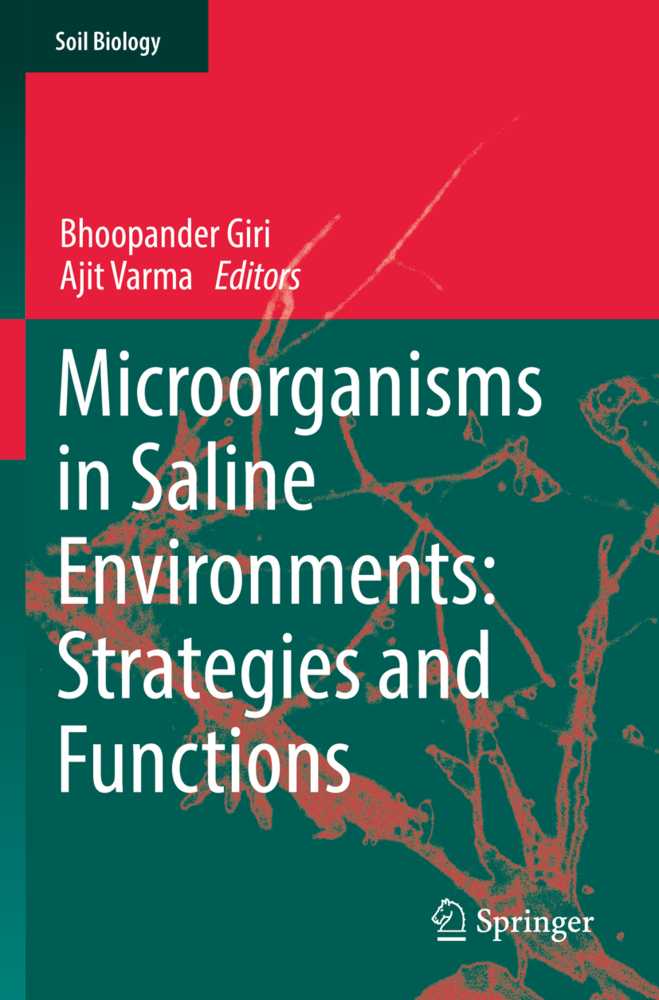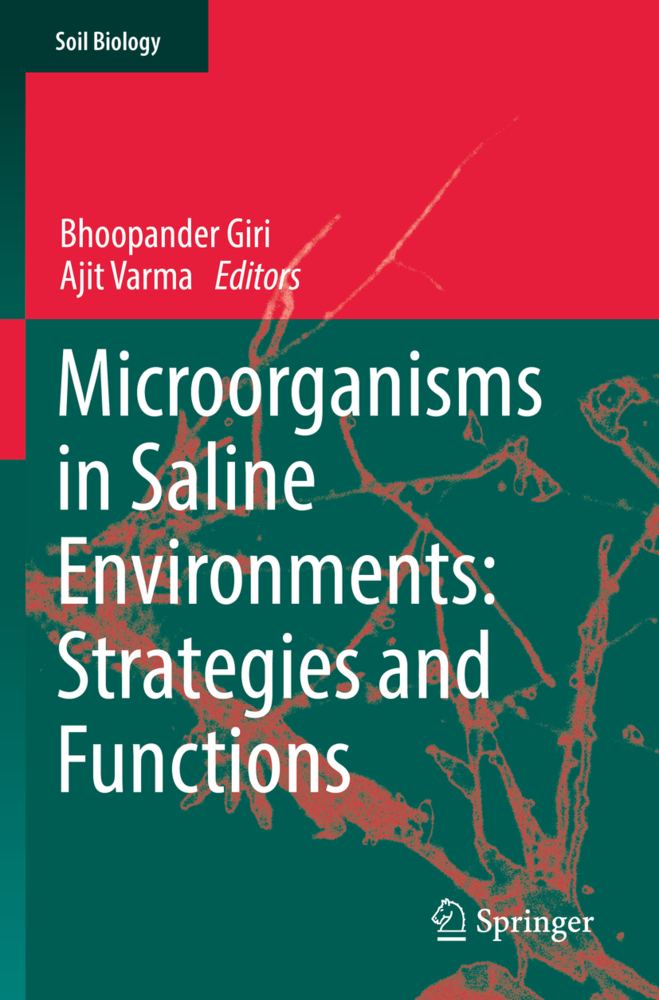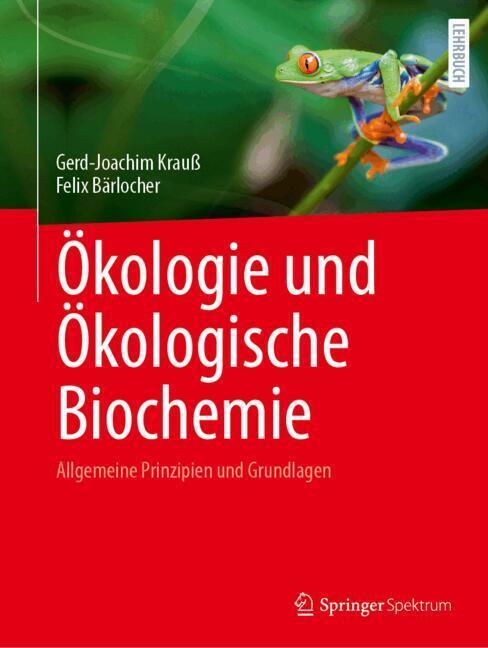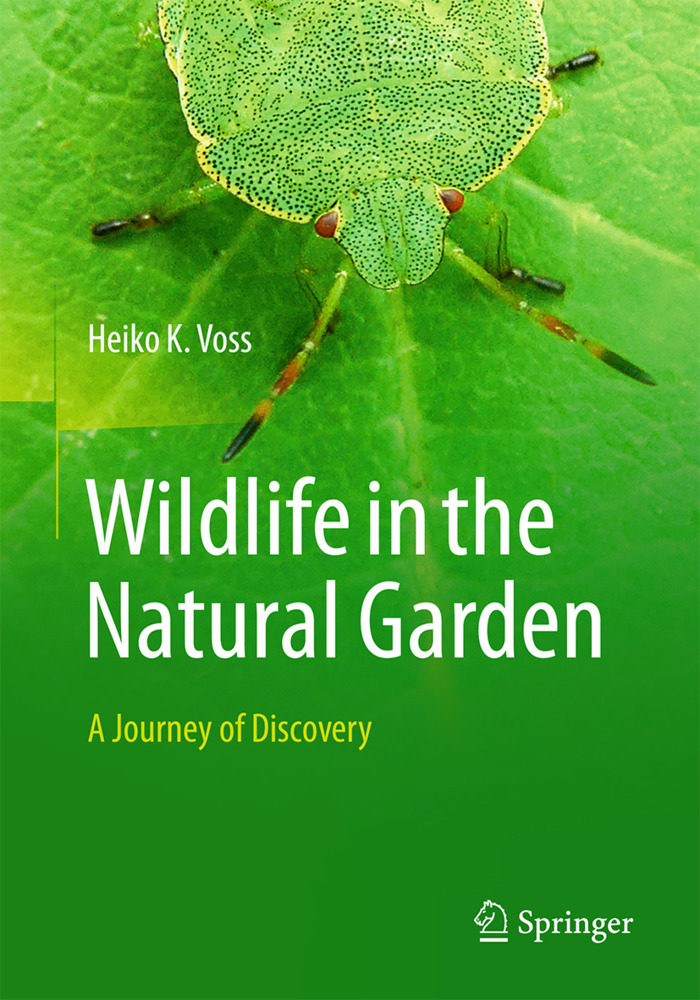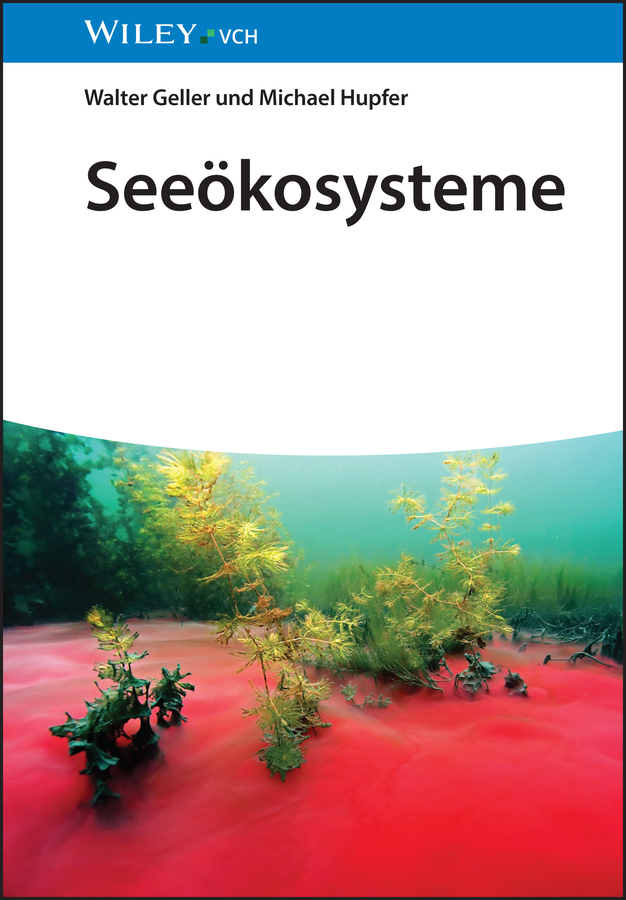Microorganisms in Saline Environments: Strategies and Functions
Microorganisms in Saline Environments: Strategies and Functions
This book gathers the latest findings on the microbial ecology of saline habitats, plant-microbe interactions under saline conditions, and saline soil reclamation for agricultural use. The content is divided into four main parts: Part I outlines the definition of salinity, its genesis and impacts, and microbial diversity in saline habitats. Part II deals with impact of salinity on microbial and plant life/health. Part III highlights plant - microbe interactions in saline environments, and Part IV describes strategies for mitigation and reclamation of saline soils.
The salinization of arable land is steadily increasing in many parts of the world. An excessive concentration of soluble salts (salinity) in soils or irrigation water adversely affects plant growth and survival. This problem is exacerbated in arid and semiarid areas due to their low precipitation and high evaporation rates. In turn, poor management practices and policies for using river water forthe irrigation of agriculture crops often lead to the secondary salinization of soils.
.
Part 1. Genesis and Impact of Salinity on the Diversity and Distribution of Microorganisms in Saline Habitats
1. Salinity: An Overview
2. Occurrence and Distribution of Fungi in Saline Environments
3. Microbial Ecology of Saline Ecosystems
4. Microbial diversity of saline habitats: An overview of biotechnological applications
5. Investigation of the Structural and Functional Microbial Diversity in Indian Mangroves
Part 2. Impact of Salinity on Plants and Microbial Life
6. Exopolysaccharides and Biofilms in Mitigating Salinity Stress: The Biotechnological Potential of Halophilic and Soil Inhabiting PGPR Microorganisms
7. Impact of Salinity Stress on Growth and Development of Aquatic Fungi
8. Cellular mechanisms of plant salt tolerance
9. Microorganisms Aiding Existence and Efficiency of Plants in Saline Environment: What We Know and What to Expect
10. Effect of Salinity on Physiological Processes in Plants
Part 3. Plant-Microbe Interactions in Saline Environment
11. Influence of Native Arbuscular Mycorrhizal Fungi and Pseudomonas Fluorescens on Tamarix Shrubs Under Different Salinity Levels
12. Salt-tolerant Microbes: Isolation and Adaptation
13. The Mechanisms Involved in Enhancing Plant Salt Stress Tolerance Using Arbuscular Mycorrhizal Fungi
14. Plant Growth Promoting Bacteria for Improving Crops Under Saline Conditions
15. Insights in The Physiological, Biochemical and Molecular Basis of Salt Stress Tolerance in Plants
16. Arbuscular mycorrhizal fungi alleviate soil salinity stress in arid and semi-arid areas
17. Salinity Stress Dependent Coordination of Metabolic Networks in Relation to Salt Tolerance in Plants
18. Salt Stress on Plant Growth and Role of Microbes in Promoting Plant Growth Under Salt Stress
Part 4. Strategies for Mitigation and Reclamation of Saline Soils
19. Strategies for Reclamation of Saline Soils
20. Biochar for Reclamation of Saline Soils
| ISBN | 978-3-030-18977-8 |
|---|---|
| Artikelnummer | 9783030189778 |
| Medientyp | Buch |
| Copyrightjahr | 2020 |
| Verlag | Springer, Berlin |
| Umfang | XVI, 466 Seiten |
| Abbildungen | XVI, 466 p. 39 illus., 29 illus. in color. |
| Sprache | Englisch |

